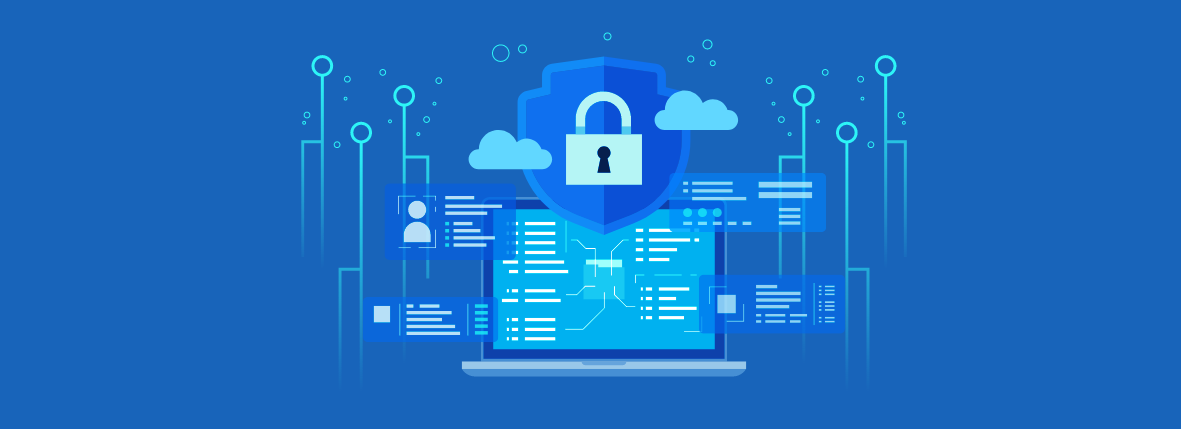
Cloud security refers to the measures taken to protect data and applications hosted in the cloud from unauthorized access, use, disclosure, disruption, modification, or destruction. Cloud computing services provide organizations with the ability to store and process data and run applications over the internet, rather than on local servers or personal devices. This can offer many benefits, such as increased scalability, flexibility, and cost-efficiency. However, it also introduces new security risks, as organizations are entrusting the security of their data to a third-party provider. Therefore, it is important for organizations to carefully consider the security measures in place when using cloud computing services.
Cloud Security Highlights

This is a wider card with supporting text below as a natural lead-in to additional content. This content is a little bit longer.
Last updated 3 mins ago

This is a wider card with supporting text below as a natural lead-in to additional content. This content is a little bit longer.
Last updated 3 mins ago

This is a wider card with supporting text below as a natural lead-in to additional content. This content is a little bit longer.
Last updated 3 mins ago

This is a wider card with supporting text below as a natural lead-in to additional content. This content is a little bit longer.
Last updated 3 mins ago